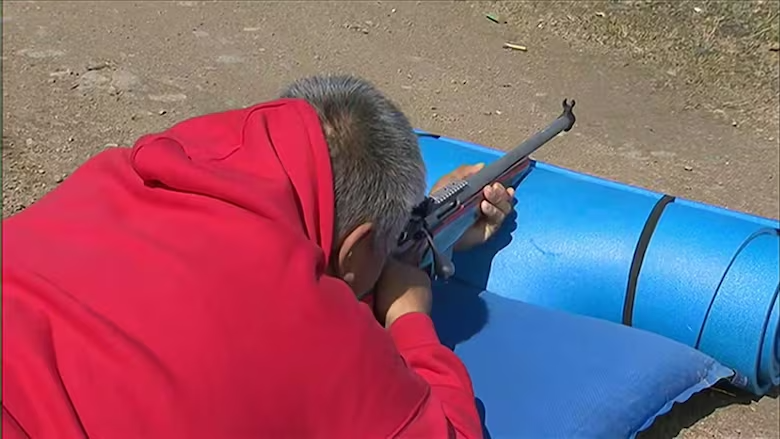
Canadian Ranger rifles in the Arctic need replacements, don't work in the cold
By Emma Tranter Department of National Defence says replacements will cost $8-10M Rifles issued to the Canadian Rangers in Canada's Arctic don't work properly in the cold — and it's going to cost millions to fix. C-19 rifles were distributed to the Rangers, who serve the Canadian Armed Forces
www.rcinet.ca
Canadian Ranger rifles in the Arctic need replacements, don’t work in the cold
By Emma Tranter
Department of National Defence says replacements will cost $8-10M
Rifles issued to the Canadian Rangers in Canada’s Arctic don’t work properly in the cold — and it’s going to cost millions to fix.
C-19 rifles were distributed to the Rangers, who serve the Canadian Armed Forces in the North, in 2017.
Canada’s Department of National Defence (DND) told CBC News in an email that extreme cold led to the stocks — a part of a gun attached to the barrel and firing mechanism that provides structural support — expanding and contracting. Something the department said Rangers noticed during testing in 2019.
“Following reports from Canadian Rangers after extended field usage in extreme climatic conditions leading to cycles of expansion and contraction in the stock,” Alex Tétreault, a senior communications adviser with DND, wrote.
“This was not observed during initial operational capability training; it only became apparent in the last two months before the end of deliveries.”
Those stocks now need to be replaced and the department estimates that will cost between eight to $10 million.
The department said the C-19 rifle “remains an effective and accurate weapon” and that some of the rifles are still working properly and don’t need replacements.
The procurement process for the new stocks is underway and the delivery of the new stocks will be phased over three years.

